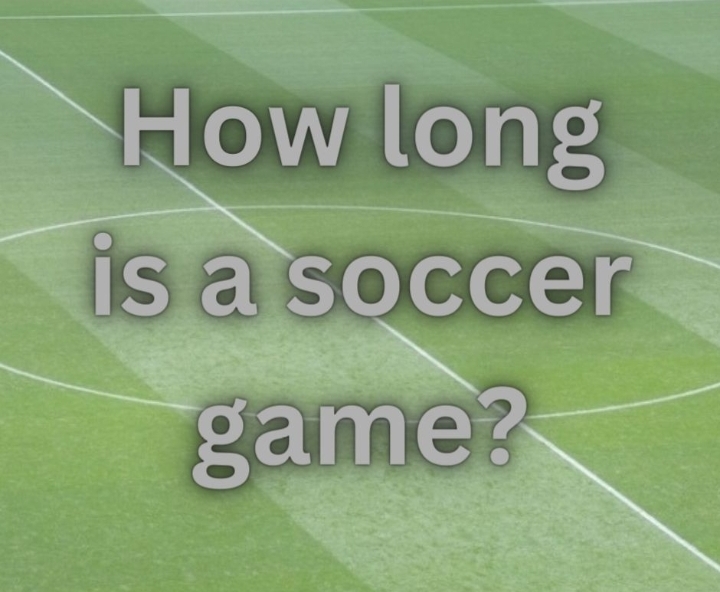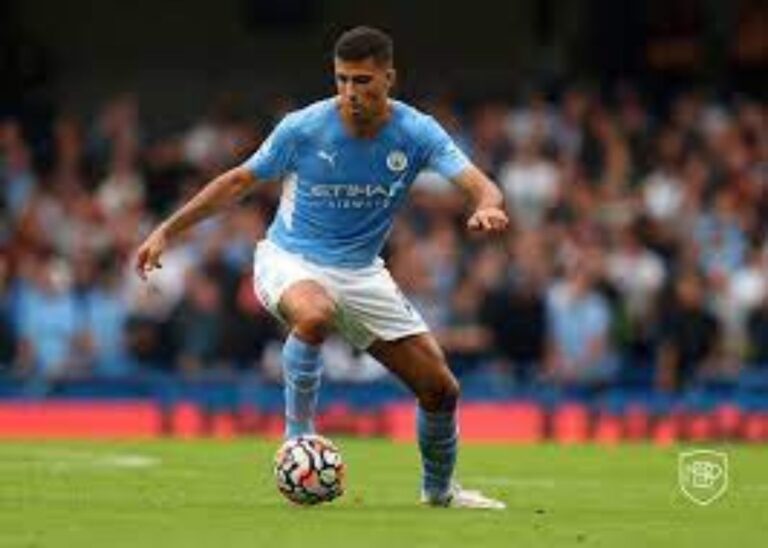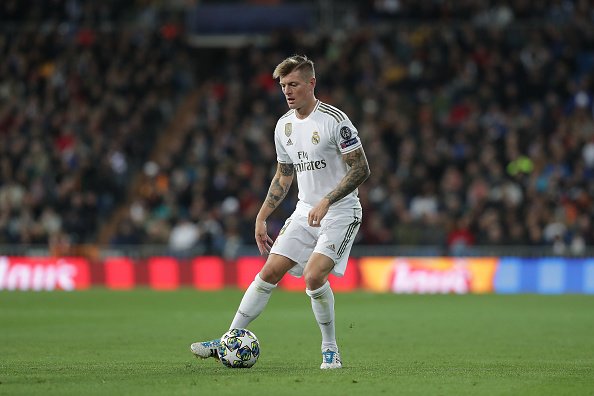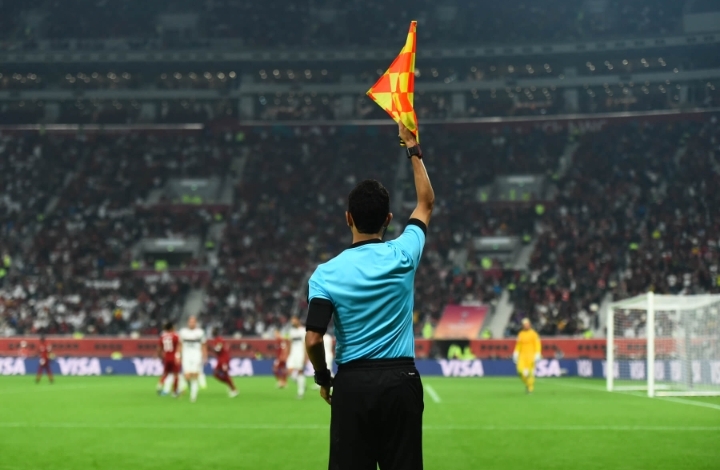Controlling the ball is one of the core fundamentals in soccer that separates the good from the great. The top players in the world all possess superior ball manipulation abilities that allow them to move effortlessly across the pitch, retain possession, and unlock defenses. However, proper ball control doesn’t just develop independently; it requires conscious effort and continual refinement. Even Messi and Ronaldo still dedicate training time to honing control in close quarters and at full speed.
In this article, you’ll learn all the nuanced techniques and methods for improving your ability to master the ball. We’ll cover optimal positioning, movement patterns, contact points, first-touch principles, and more. You’ll also get useful drills and exercises to take your control to the next level. Soccer great Johann Cruyff once said, “Technique is passing the ball with one touch, with the right speed, at the right foot of your teammate.” This guide breaks down exactly how to make that happen consistently. Let’s get started!
Watch some legendary ball control in football
Proper Stance and Body Positioning
with yourYour foundation for controlling the ball starts with a balanced and athletic stance as you receive passes. Stand on the balls of your feet with knees slightly bent to allow quick changes of movement. Keep your torso leaned slightly forward and head up, actively scanning for openings on the field. This creates a poised readiness to react.
Proper foot and body selection when cushioning balls depends on the approach speed, trajectory, and timing. Prepare by withdrawing the controlling surface on contact:
Groundball passes: Cushion the ball by gently receding the controlling foot as the ball arrives. Keep the ankle joint locked for efficient absorption.
Bouncing balls: Allow rising balls to make contact higher on the shoelaces, with toes pointed slightly upward.
Aerial passes: shift body weight under the incoming flight path, using the chest, thigh, or instep to receive.
Mastering Ball Manipulation
Receiving is only the first touch. Keeping the ball under tight control during movements and transitions requires proper sequential touches using different contact points of the foot.
Inside foot Use the inside of the foot to make soft, controlled touches to settle, change direction, and shift the ball across the body. This is essential for close-control dribbling.
Outside foot The outside of the foot can be useful for protection from challenges, quicker changes of pace, and spinning away from pressure.
– Laces The top laces region provides a firm surface for pushing the ball accurately into space for advancement up the field.
Also enhance control by using the rest of your body as a shield—dropping a shoulder, hip, or standing foot to block incoming opponents.
Related Post: 5 balls drills to improve control
Trapping Balls Out of the Air
When bringing down lofted passes from the wings or winning goal kicks, mid-flight adjustments are required to handle the speed, curve, and aerial trajectory. Cushion the landing by giving slightly with the body part that makes contact:
Chest: Create a relaxed landing pad by loosening torso muscles and gently exhaling. Withdraw slightly on contact.
Foot angle laces or instep area towards flight early and bend knee joint slightly to cushion.
– Thigh Draw the controlling thigh upwards initially, then allow the leg to give after contact.
Heading: Time jump height and firm neck muscles to make accurate forehead contact. Aim redirects by leading with the crown.
Practice Exercises and Drills
Recreate match situations with deliberate repetitions in your workouts to continually refine control technique.
Juggling helps develop sensitive touch and ball manipulation using all body surfaces.
Pass and control circuits Enhance receiving the technique while coordinating with teammates.
Dribbling courses: weave through cones, testing acceleration and change of direction.
Competitive possession games It requires quick passing exchanges and reactions.
– First touch receiving line drills Simulate midfield play by taking controlling touches across the field from servers.
Implementing these exercises will engrain muscle memory and amplify the ability to manipulate pace, positioning, and retention during high-pressure situations on the pitch.
To Conclude:
Controlling the ball is essential to dictating the flow in soccer by maintaining possession, attacking efficiently, and unlocking defenses. Implementing proper techniques for cushioning a variety of passes, shielding using the body, and manipulating the ball across all foot surfaces can elevate ball control. Additionally, drills rehearsing game situations ingrain muscle memory to execute at full match speed. Make deliberate efforts to refine control, and you’ll play with substantially more confidence, creativity, and productivity on the pitch
Related Post: 5 balls drills to improve control






